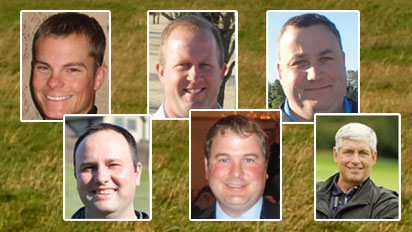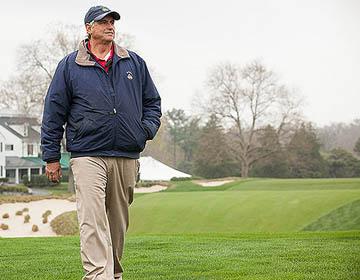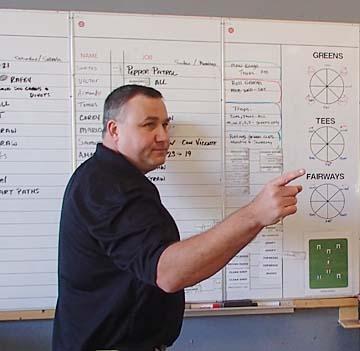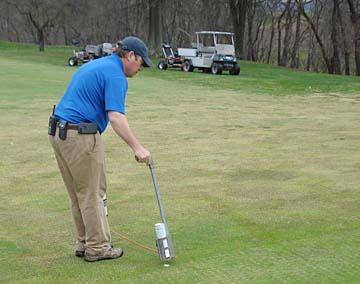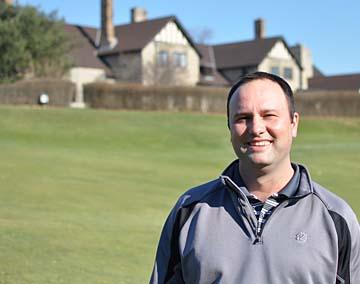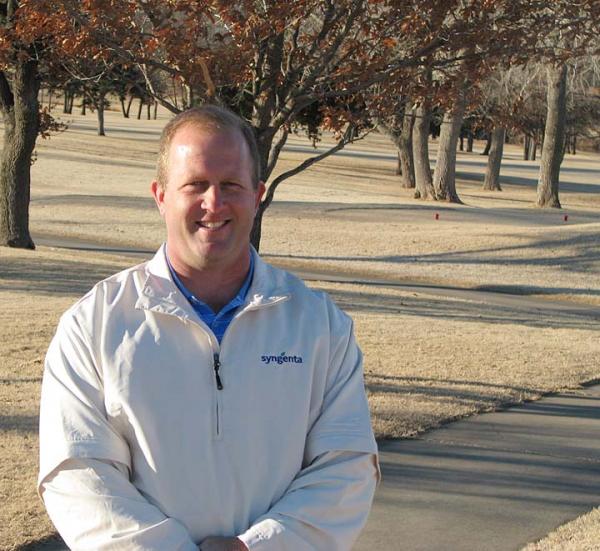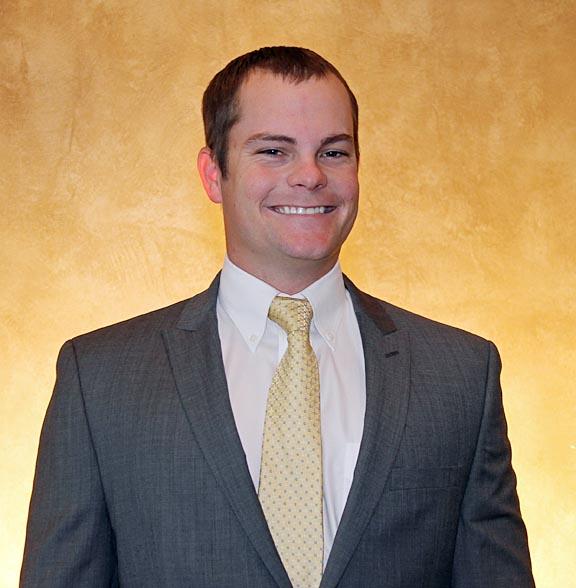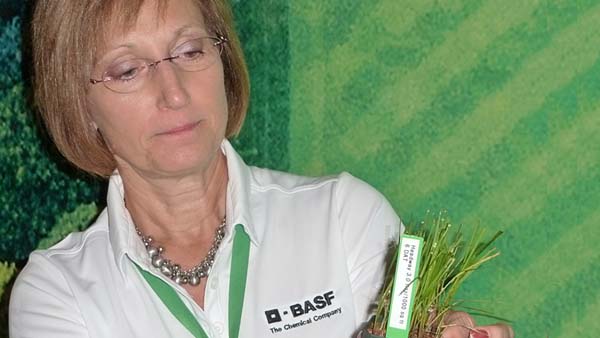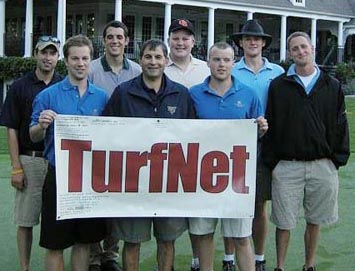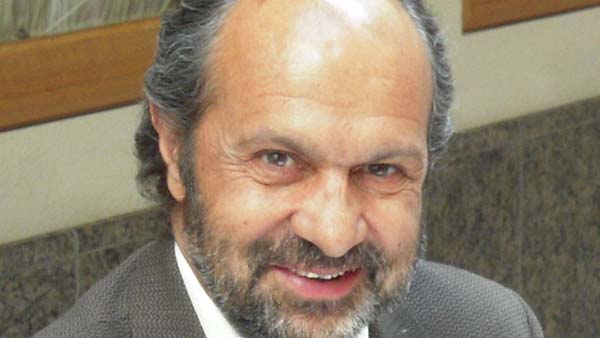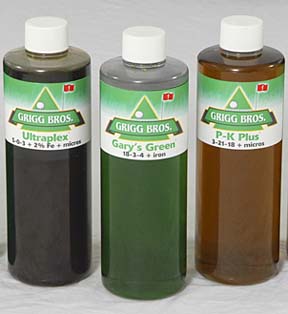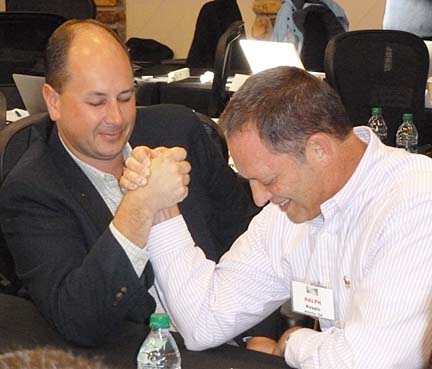
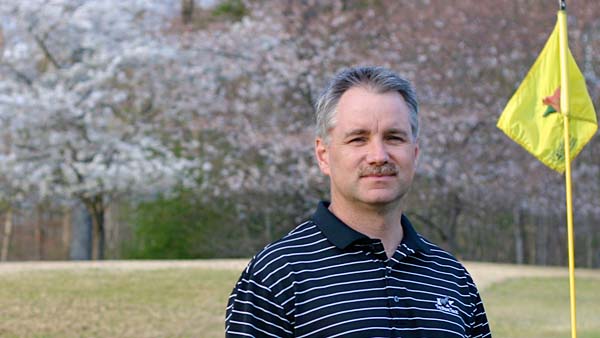
In that time, Carter has undertaken a variety of projects, all with local wildlife and the environment in mind. His work includes renovating the Jack Nicklaus Signature course on the banks of the Tennessee River near Chattanooga, as well as achieving status as an Audubon Cooperative Sanctuary and becoming the first course in Tennessee to be named as a Groundwater Guardian Green Site by the Groundwater Foundation. Last year, he converted to an all-electric fleet of mechanized equipment. The TurfNet 2011 Superintendent of the Year Award winner, Carter recently was named the public and overall winner of the GCSAA's Environmental Leaders in Golf Award. Other winners were Scott Bower of Martis Camp in Truckee, Calif. in the private category; Chad Corp, CGCS at Mountain Ridge in Thompsonville, Mich. (resort category); and Andrew Hardy of Pheasant Run Golf Club in Sharon, Ontario (international category). Carter's work began to grab national attention with Harrison Bay's Eagle Cam, that showed the world the nesting and parenting habits of bald eagles that were named Elliott and Eloise by Carter's daughter, Hannah. Bower was recognized for his work at managing the ecologically sensitive Martis Camp property in the Sierra Nevada. His water quality management program, which includes minimal pesticide applications, has won the praise of several local environmental groups. Sustainability also is a goal at Mountain Ridge, where Corp was recognized for his development of compost tea as an organic fertilizer. The organic amendment also helps reduce the dependency on fungicide and growth regulators. His management program also incorporates the use of bio-diesel in rolling stock. Spraying for control of pests of any kind is a last resort for Sharon Golf Club's Hardy. With an eye on water use, he has been able to cut consumption by as much as 23 percent through a program that includes regular use of growth regulators and surfactants. His work also was recognized by the East Gwillimbury Chamber of Commerce with its Environmental Business of the Year Award and the Town of East Gwillimbury Award for Excellence. Chapter winners in the public category were: Paul Grogan, CGCS, TPC Deere Run, Moline, Ill.; Gary Ingram, CGCS, Metropolitan Golf Links, Oakland, Calif.; Scott Spooner, Leslie Park and Huron Hills Golf Courses, Clinton, Mich. Chapter winners in the private category were: Steve Britton, TPC Potomac at Avenel, Potomac, Md.; Tim Connolly, TPC Jasna Polana, Princeton, N.J.; Mike Crawford, CGCS, TPC Sugarloaf, Duluth, Ga.; Tom DeGrandi, TPC River Highlands, Manchester, Conn.; Dave Faucher, CGCS, TPC Rivers Bend, Maineville, Ohio; Charles Robertson, CGCS, TPC Craig Ranch, McKinney, Texas; Jim Thomas, CGCS, TPC Southwind, Memphis, Tenn.; Russell Vandehey, CGCS, Oregon Golf Club, Oregon City; Matt Weitz, Victoria National Golf Club, Newburgh, Ind. Chapter winner in the resort category was Tom Vlach, CGCS, TPC at Sawgrass, Ponte Vedra Beach, Fla. Dave Davies, CGCS at Stonebrae in Hayward, Calif., was named a winner in the merit category. The Environmental Leaders in Golf Awards recognize superintendents and their courses for overall course management excellence in the areas of water conservation, water quality management, integrated pest management, energy conservation, pollution prevention, waste management, wildlife and habitat conservation, communication and outreach, and leadership.
- Read more...
- 2,968 views


